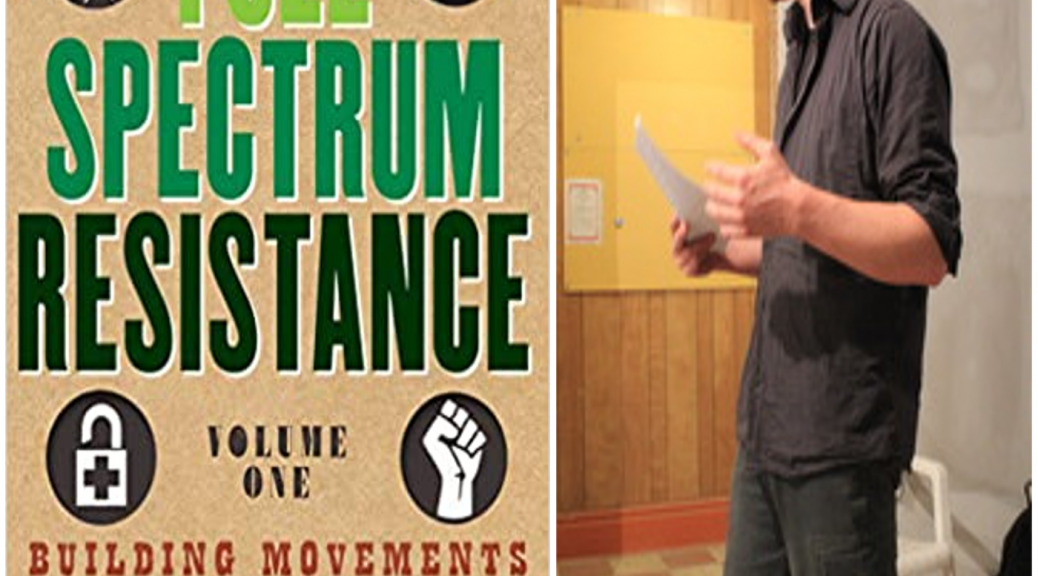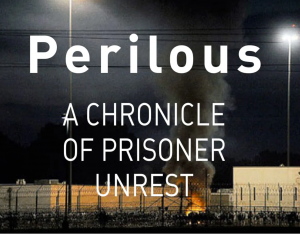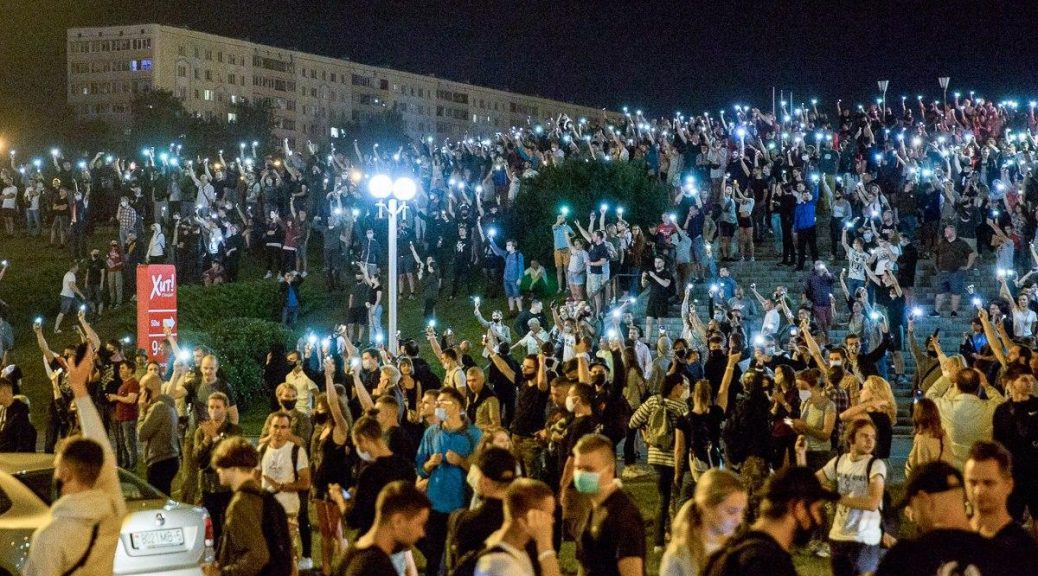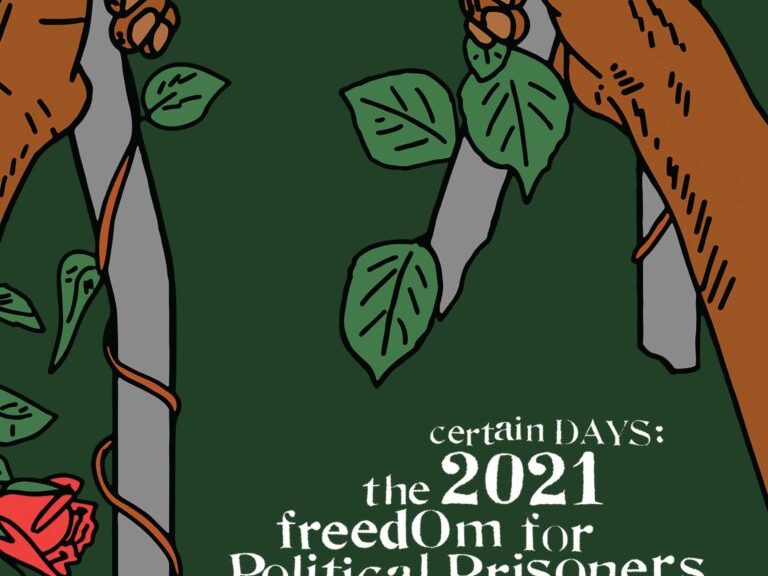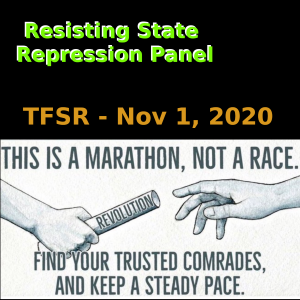Shut Em Down 2021: Jailhouse Lawyers Speak

This week on the show, I spoke with Comrade Chux, a member of Jailhouse Lawyers Speak. JLS is an autonomous network of incarcerated activists from across the so-called US. They have been engaged in organizing and calling for the 2016 & 2018 Nationwide Prison Strike activities. Chux and I chat about the call for this year for folks on the outside to engage for Abolition on August 21 and September 9th, we talk about Abolition, Black August and other topics.
You can learn more by following JLS on Twitter and Instagram or checking out their website, Jailhouse Lawyer Speak, lawyer is singular in this, dot wordpress dot com. You can also find out there about their fundraising, the JLS Mothers Day fundraising effort through Blackstone Career Institute to sponsor paralegal courses for people in Women’s Prisons, prisoners they’re supporting and more.
Also, another podcast that was a great listen with JLS members speaking about the strike, other initiatives and realities of incarceration, check out this Millenials Are Killing Capitalism.
Chux mentions:
- Reverand Joy Powell, incarcerated Black feminist activist and political prisoner in the interview. You can learn more about her at FreeJoyPowell.Org.
- They also mentioned the firing of Garrett Felber from UM, author of “Those Who Know Don’t Say:The Nation of Islam, the Black Freedom Movement and the Carceral State,” for his pro-Black Liberation, abolitionist twitter comments criticizing university ties to racists and stymieing efforts to fund an inside / outside abolitionist study program called Study and Struggle.
Some Outside Anti-Prison and Abolitionist Groups
- Incarcerated Workers Organizing Committee
- Revolutionary Abolitionist Movement
- Critical Resistance
- Oakland Abolition and Solidarity
- Florida Prisoner Solidarity
- Anarchist Black Cross
- Federation and unaffiliated crews exist, too numerous to name
- Fight Toxic Prisons
Amend The 13th
Comrade Chux also mentions Amend The 13th. From JLS’s website: “Amend the 13th: Abolish ‘Legal’ Slavery in Amerika Movement” is an all-inclusive, coalition-based national campaign and community-based organizing effort which is determined to remove the “legal” and social basis for the dehumanization of those subject to the judicial machinery of the United States – and finally abolish slavery in Amerika once and for all. “ More can be found at AmendThe13th.org.
1 Million Families for Parole, April 3rd, 2021
Another prisoner initiatives similar to JLS that have been mentioned and supported by the group that are worth checking out include the National Freedom Movement, which is calling for an April 3rd “1 Million Families for Parole” rally across the country to extend the following demands:
- We demand that federal parole be immediately reinstated.
- We demand the creation of a mandatory parole criteria and curriculum based on the specific educational, rehabilitative and re-entry needs of every parole-eligible person.
You can learn more by reading SF Bay View’s story authored by Bennu Hannibal Ra-Sun, or more about National Freedom Movement by listening to or reading our interview with Mr Ra-Sun from January, 2021.
Sean Swain on Dimitris Koufantinas
Sean speaks about supporting Dimitris Koufantinas, prisoner from the 17 November group in Greece who just ended a hunger strike. You can read a translation of his statement ending his hunger strike at EnoughIsEnough14.org. To hear an insightful interview by a comrade in Greece and another in the diasporic Greek community about the situation with Koufantinas and the aftermath of his hunger strike, check out episode #254 of Dissident Island Radio.


